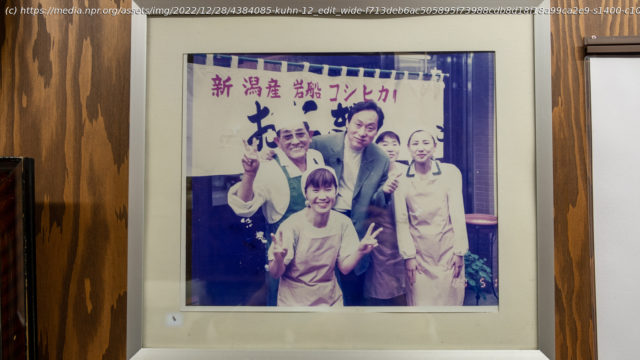Array
The world’s great cuisines can regale the eye and the palate. Or, alternatively, they may celebrate the plain and exalt the humble — for example, by recreating home-style comfort food in a restaurant setting.
A popular and compact eatery in Tokyo’s Toshima ward, called Onigiri Bongo, does just that. It has served one of Japan’s most humble foods, the onigiri, or rice ball, for some 60 years.
Diners at Onigiri Bongo — named for the drum, whose sound resonates far and wide like the restaurant’s reputation — are squeezed into nine seats around an L-shaped counter. Its tiny space, and its reputation as one of the city’s top onigiri emporia, produces lines of customers stretching down the street, waiting for three or four hours, or more.
Behind the counter is the restaurant’s wiry and sprightly owner, 70-year-old Yumiko Ukon. She scoops rice from a huge pot, putting it in triangular molds and packing them with a variety of fillings — more than 50, including standards such as bonito or salmon flake, pickled plum, mustard greens and cod roe, and innovations such as pork and kimchi, and fried chicken with mayonnaise and soy sauce.
Then she puts more rice on the top, and deftly shapes them with three final squeezes.






